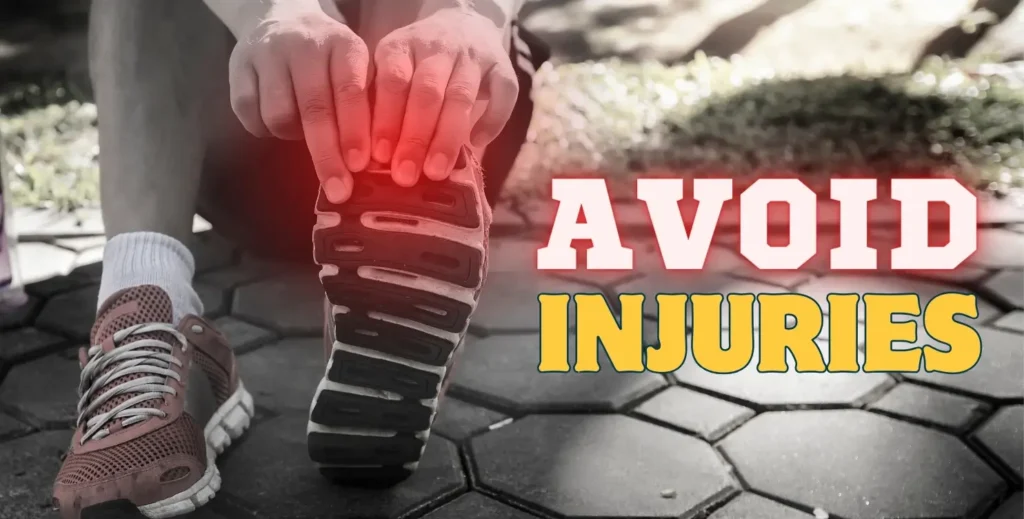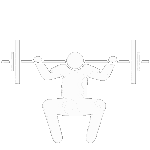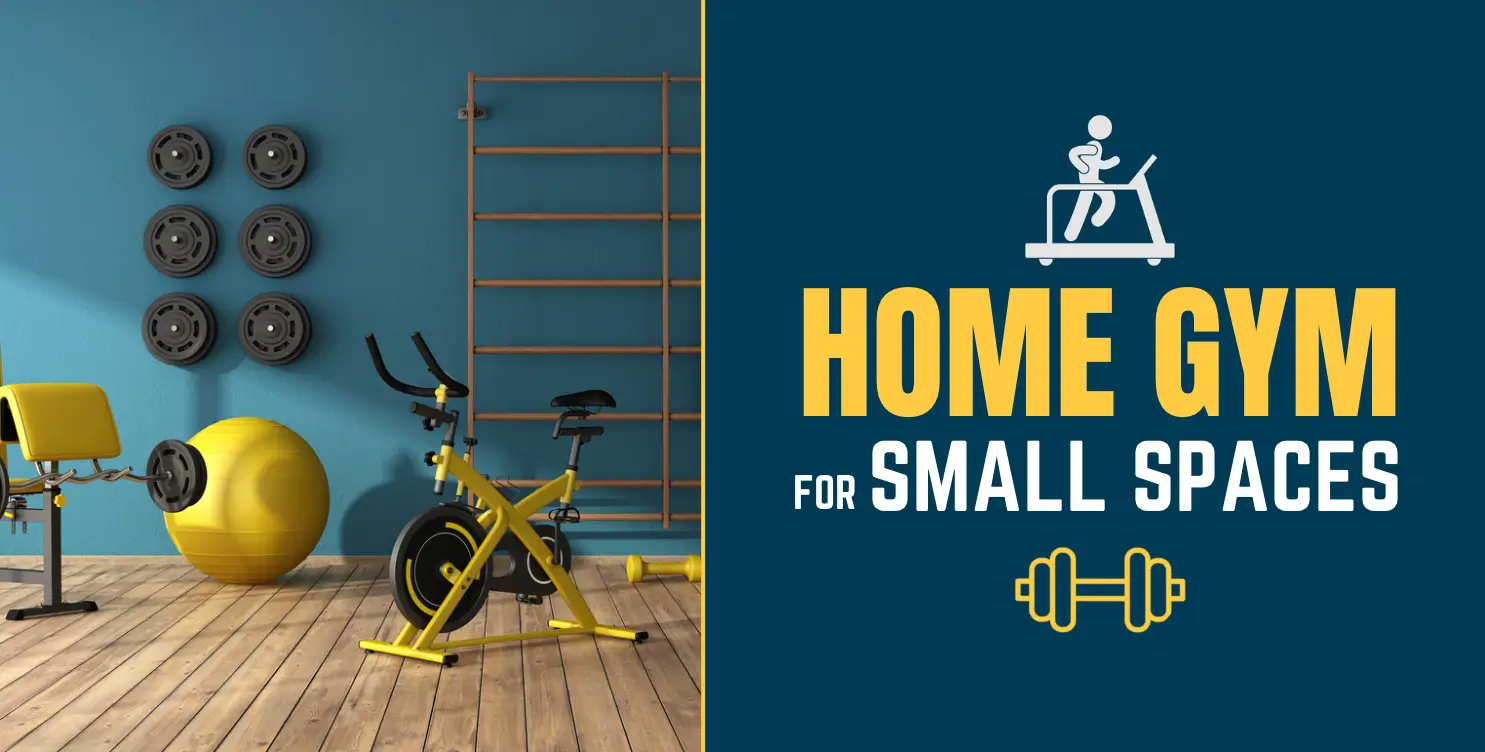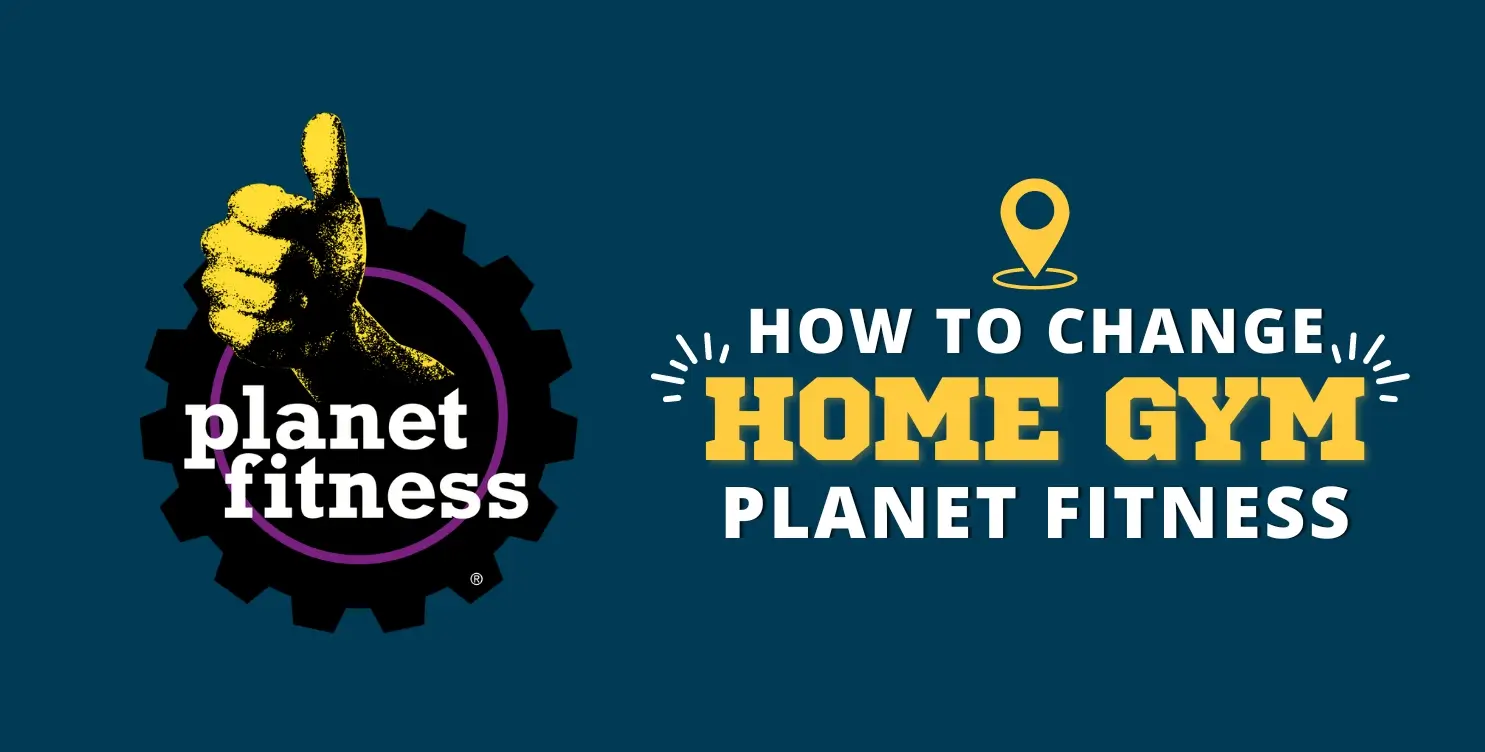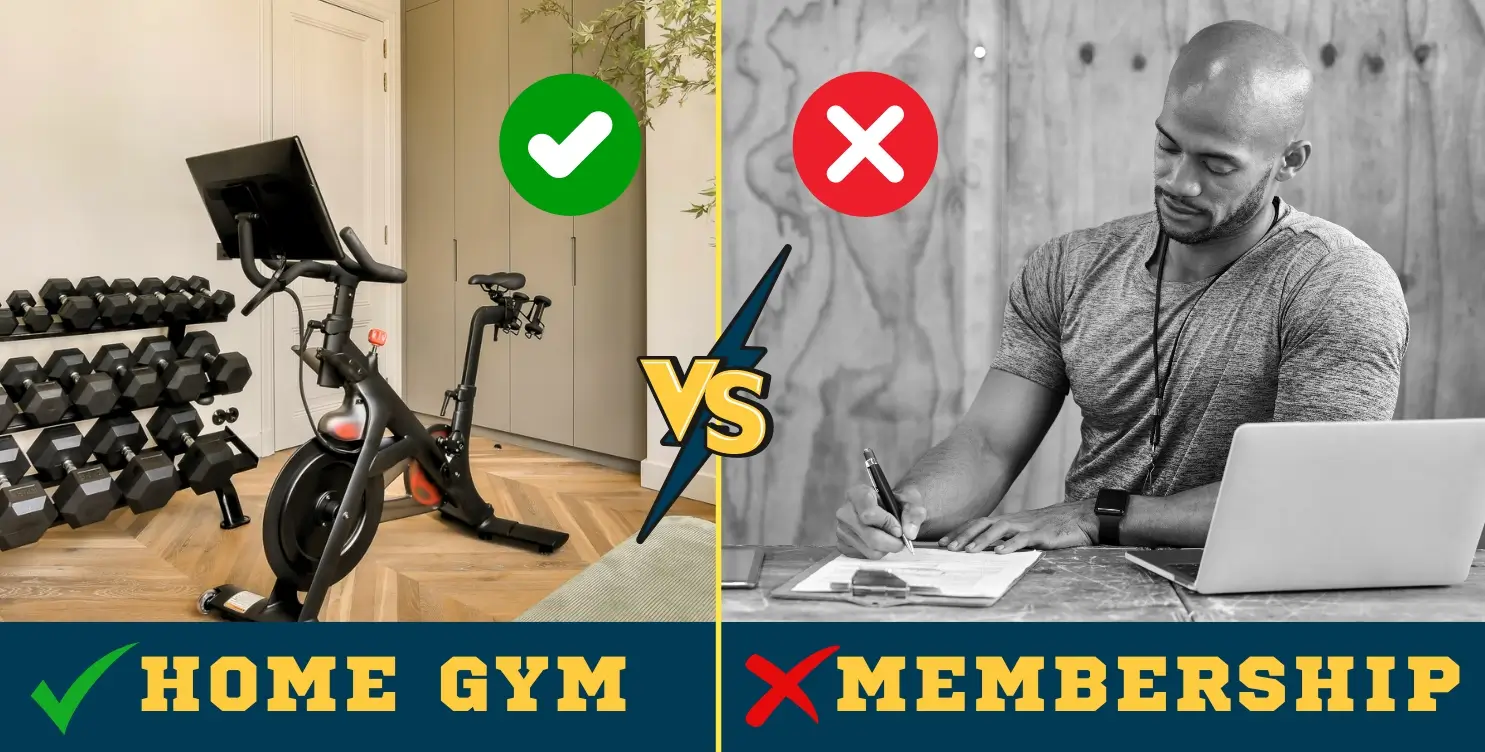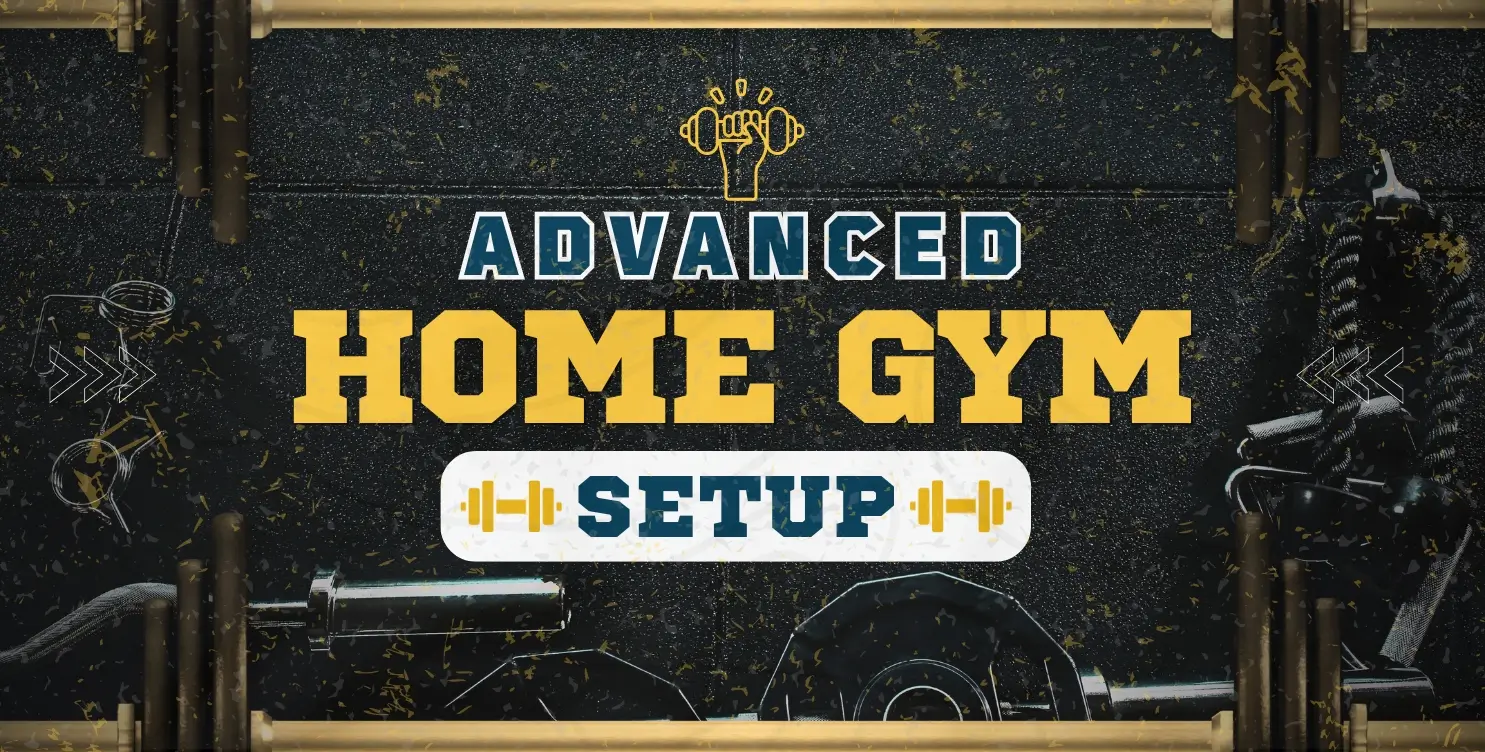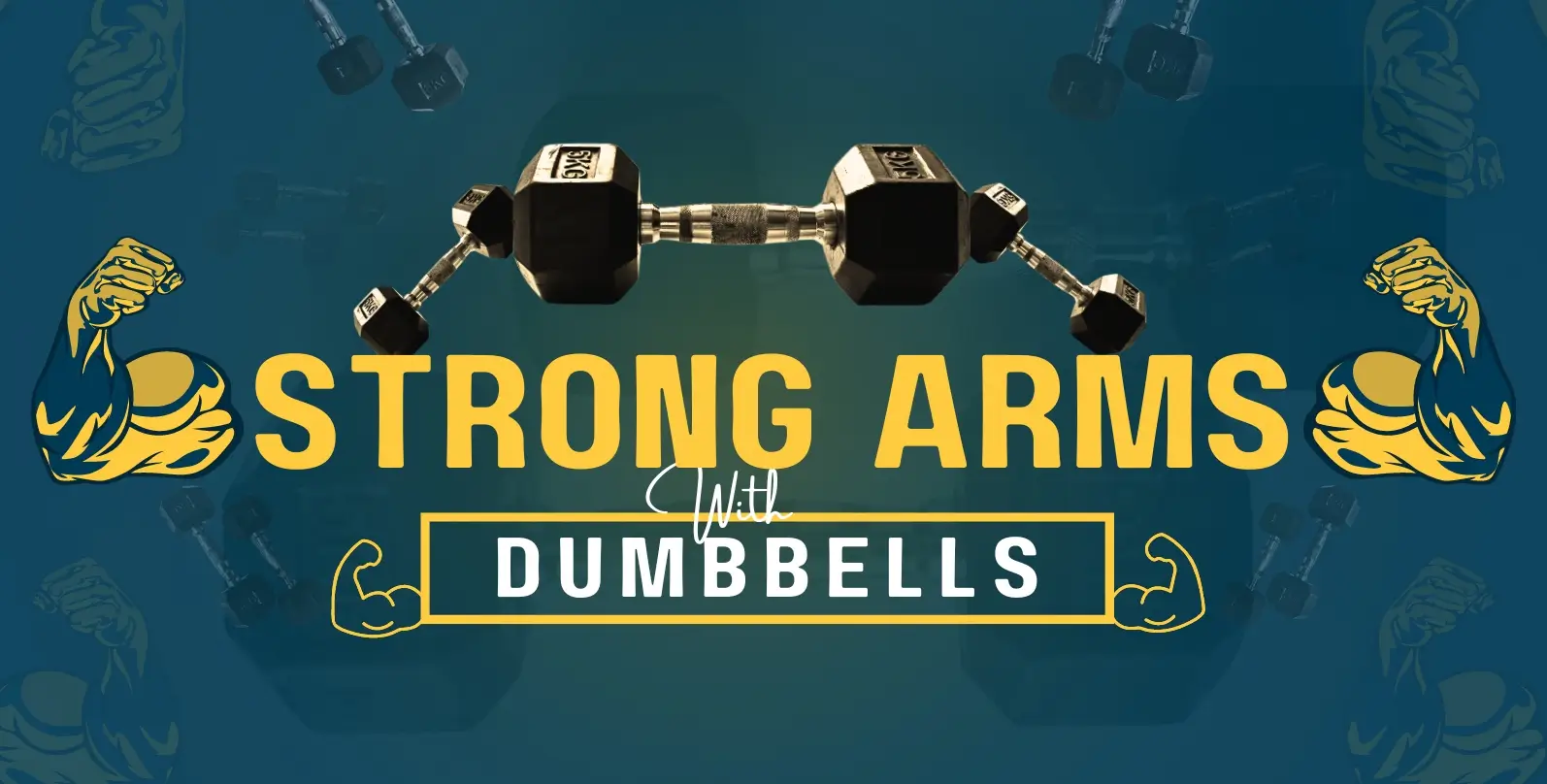Exercise is one of the best things you can do for yourself. It’s a total game-changer for your physical and mental health. But, sometimes pushing yourself comes with a few bumps in the road. We’ve all been there – a twisted ankle here, a sore muscle there. It’s normal to worry about getting hurt, but that shouldn’t be the thing that stops you from getting all the amazing benefits of staying active. By learning a few key strategies for preventing those pesky workout injuries, you can go full steam ahead on your fitness journey. So, let’s see how to avoid exercise related injuries that’ll steer you clear of injuries.
Warm Up Properly
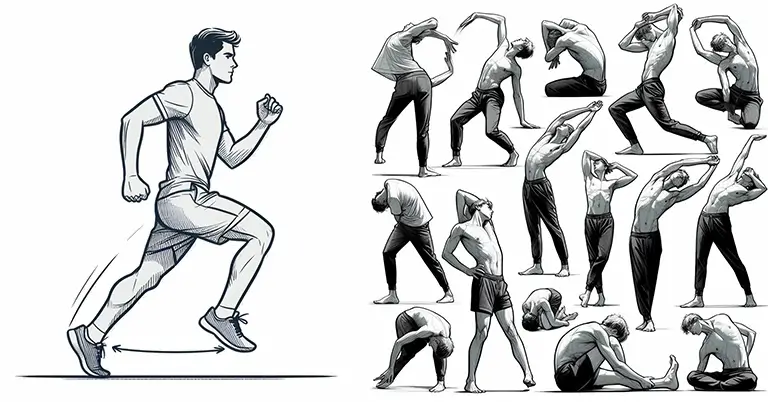
Your warm-up is your body’s “I’m getting ready to rock!” phase. It’s not just about going through a few random stretches. A good warm-up actually primes your body for some serious action. We’re talking light cardio to get your blood flowing, dynamic stretches (the ones where you’re moving around!), and exercises that gently work the specific muscles you’ll be blasting in your workout. This boosts your circulation, makes those muscles nice and flexible, and massively lowers your risk of getting hurt.
No two warm-ups should be exactly the same! Tailor yours to your workout of the day. Going for a run? Get those legs swinging and hips nice and loose. Heading to lift some weights? Do lighter versions of your main exercises to get the muscles ready for the real work. Customizing your warm-up like this targets your body perfectly and makes that injury prevention even stronger.
And a good warm-up doesn’t just protect you from getting hurt. Turns out, studies show that folks who warm up properly have more energy, get stronger results, and can last longer during their workouts! So next time you’re getting ready to work out.
Use Proper Form and Technique
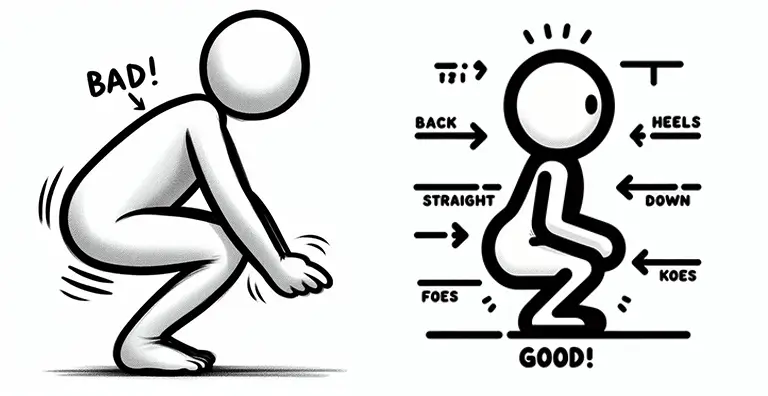
Proper form isn’t just about looking good, it’s key to protecting yourself from injury. Slow down, focus on doing each movement correctly, and don’t rush. Pay extra attention to your posture and alignment – is your back straight, are you keeping a strong core? These things matter way more than you might think! When you’re unsure, never be afraid to ask for help. A good trainer or coach can teach you the right way to do things, and that’s the kind of knowledge that pays off in a big way.
Remember, proper breathing helps too – don’t hold your breath! And seriously, if something hurts in a sharp, ‘this feels wrong’ kind of way, listen to your body and take a rest. Good form minimizes those irritating injuries and lets you get the absolute most out of your hard work.
Progress Gradually

We all want to see results, like, yesterday! But when it comes to fitness, it’s actually the slow and steady approach that wins the long game. Trying to level up way too fast is a surefire way to end up benched with a strain or sprain. Instead, give your amazingly resilient body a chance to adapt. That means gradually adding a little more weight, doing a couple of extra reps, or running a little further each week.
Building your strength and endurance step by step might feel slower in the moment, but trust me, you’re building the kind of strength that lasts. Your muscles, joints, and tendons are literally getting stronger to keep up with you. Plus, you’ll still hit your goals without getting sidelined, and that’s way better than any quick fix. Sustainable progress boosts your confidence too – you know you did it the right way, no shortcuts.
Listen to Your Body
Your body always tries to tell you stuff during workouts! But in the heat of the moment, it’s easy to miss those important signals. Learning to truly listen to your body is like having a built-in safety system to protect you from injuries. If you’re feeling a sharp, ‘uh oh, this isn’t right’ kind of pain, don’t try to play the tough-guy routine and push through it. That pain is your body practically yelling at you to stop! It’s way smarter to take a breather and figure out what’s wrong than risk making things worse.
There’s a difference between the “good sore” (the kind you secretly brag about the next day) and the “this might be serious” soreness. Sometimes, pushing through a little muscle ache helps you build strength, but ignoring those sharper, more urgent pains can set you back weeks or even months with a real injury. Rest is a vital part of your workout routine – it’s how your amazing body repairs itself and gets ready for the next challenge. Listen closely to what your body is telling you, and give it the break it needs – you’ll be back in the gym stronger than before in no time!
Cross-train
Cross-training is like the ultimate workout superpower! Mixing up your workouts with different activities is amazing for preventing injuries. If you’re a die-hard runner, for example, those same leg muscles and joints are getting worked the same way every single day. But swap a run for a swim or a yoga session, and suddenly, you’re strengthening yourself in totally new ways while giving those overworked running muscles some much-needed rest.
Also, Doing the same workout all the time gets boring! Cross-training keeps your motivation high by introducing new challenges, which helps you stay consistent. It’s a win-win-win – you get a fantastic workout, protect yourself from getting sidelined by a nagging injury, and might even discover a new passion for a different kind of exercise.
Wear Proper Gear and Equipment
Right workout gear is not just about looking good at the gym (though that’s always a plus). Good, supportive shoes can make a world of difference, reducing your risk of everything from wonky ankles to painful shin splints. Workout clothes that fit properly and are made from breathable material help you stay comfortable, focused, and ready to conquer your reps.
And if you’re into sports with a little more risk involved – cycling, skating, anything where you get moving fast – protective gear is a no-brainer. Sure, a helmet or knee pads might not be the coolest look, but trust me, they beat the heck out of spending weeks recovering from a preventable injury and missing out on the fun. So, suit up, stay protected, and crush those workouts with confidence!
Get Proper Rest and Recovery

We all want to go full-throttle with our workouts all the time, right? But the truth is, our bodies need time to recharge before reaching peak performance again. Rest isn’t just about zoning out in front of the TV or catching up on sleep (though those are awesome too!). It means giving your muscles honest-to-goodness rest days, where they can repair those microscopic tears and come back even stronger.
Active recovery, like gentle stretching, foam rolling, or even a relaxing walk, can get your blood pumping, reduce soreness and get you primed for your next big workout. Listen to your body – if you’re feeling seriously wiped out, even a short rest is better than pushing yourself to the point where exhaustion leads to an injury. Remember, rest isn’t about being lazy; it’s about being smart and sustainable with your fitness routine, maximizing those gains for the long haul.
Conclusion
Preventing workout injuries isn’t about complicated formulas or crazy workout hacks. It’s about paying attention and making a few smart choices. Warm up and cool down properly – think of it as your body’s version of getting pumped up before a big game and chilling out afterward. Stretch, get your heart rate going slowly, and you’re way less likely to pull or strain something. Focus on doing each exercise with excellent form (even if it means lifting a little less weight), and your joints will seriously thank you.
Your body knows what it needs, so listen to it and don’t be afraid to rest! Pushing yourself too hard can actually sabotage your results by leading to injury. Mix up your workouts to stay balanced and strong. By following these tips, you’ll be setting yourself up for a long, healthy, and super-fulfilling fitness journey!
FAQ
How can I prevent overuse injuries?
Overuse injuries are the worst! One day you’re feeling amazing about your progress, the next you’re dealing with an annoying ache that won’t go away. The best way to avoid them is to really tune into what your body is telling you. If something starts to feel achy, or just a little ‘off’ in a way that won’t go away, it’s time for a rest day or two! Let those hardworking muscles truly recover. Also, mix up your workouts – don’t just run every single day, for example. Some strength training, some yoga, maybe a swim – this prevents constant stress on the same muscles and joints.
What are some tips for avoiding exercise-related strains and sprains?
Nobody wants a sprained ankle, The secret to avoiding them is preparation and mindfulness. A few minutes of stretching and gentle movement before your actual workout makes your muscles warm, flexible, and way less likely to get damaged. Focus on doing each exercise with perfect form (even if it means lifting a little less weight) to protect your joints. And seriously, invest in good shoes! Supportive footwear makes a massive difference in injury prevention.
Should I consult a professional before starting a new exercise routine?
Absolutely, especially if you’re new to regular exercise or have any health concerns. It’s a smart move! A doctor can make sure there’s nothing you need to be extra careful about, and a fitness trainer can design a workout plan that’s safe for your body while still challenging you. They can also teach you proper form, which is super important for avoiding injuries.
How important is it to warm up before exercising?
Would you jump straight into a competitive sports game without warming up first? Probably not, unless you wanted to pull a muscle! Your workouts are no different. A proper warm-up – a few minutes of light cardio, stretching, that kind of thing – gets your blood pumping, loosens up your muscles, and basically primes your body for action. This reduces your chance of getting injured big-time.
What role do proper form and technique play in preventing exercise-related injuries?
Proper form is your injury-prevention superpower! It’s the difference between building a strong foundation for your fitness journey and setting yourself up for setbacks. Think about it – when you do an exercise the right way, you’re working the muscles it’s designed to target, without putting unnecessary stress on your joints or other areas. If you’re not sure about the correct form, don’t be afraid to ask for help! A trainer, or even an experienced workout buddy, can help you get it right, which pays off massively down the line.
Are there specific exercises or activities that are more prone to causing injuries?
Yes, unfortunately, there are. Things like running, jumping, or lifting super heavy weights put a lot of strain on your joints and muscles if you’re not careful. If you’re new to these kinds of exercises, start slowly, focus on perfect form, and really listen to your body’s signals. Remember, it’s way better to progress gradually than to push too hard and get sidelined with a painful injury.
Does stretching really help prevent injuries?
The role of stretching is debated, but it does have benefits. Regular stretching helps improve flexibility and range of motion, which can help with overall movement and potentially reduce the tightness that sometimes leads to injury. Don’t stretch before your warm-up, though. Stretch after exercising or as a separate activity.
What should I do if I do experience an exercise-related injury?
First and most importantly: stop what you’re doing! Pushing through a real injury won’t make you tougher, it’ll just make the problem worse. Rest the injured area, try some ice to reduce any swelling, and if it’s not feeling better quickly, or if the pain is serious, definitely see a doctor. Taking care of an injury properly early on is the best way to prevent it from turning into a long-term issue that keeps you from the workouts you love.

